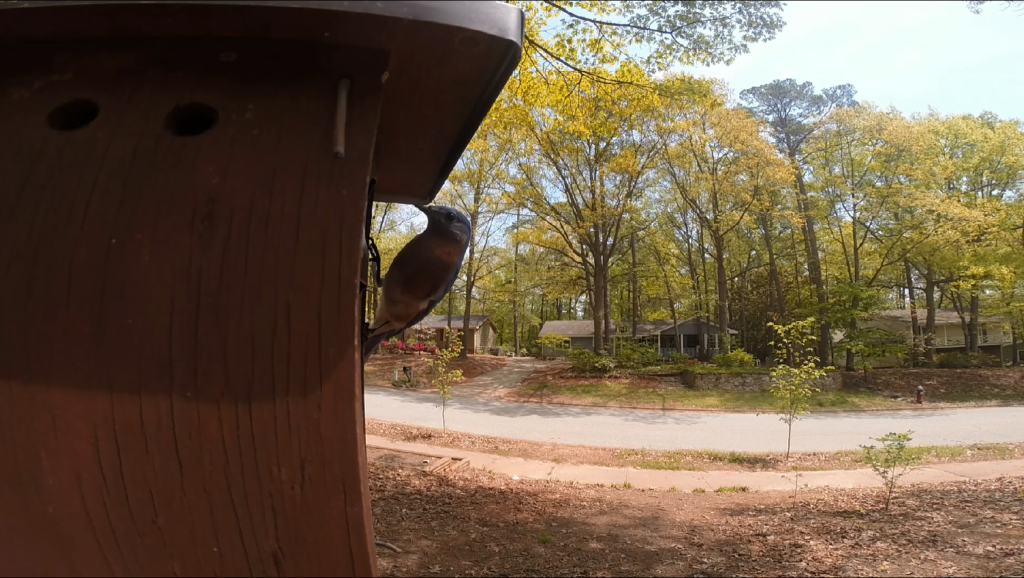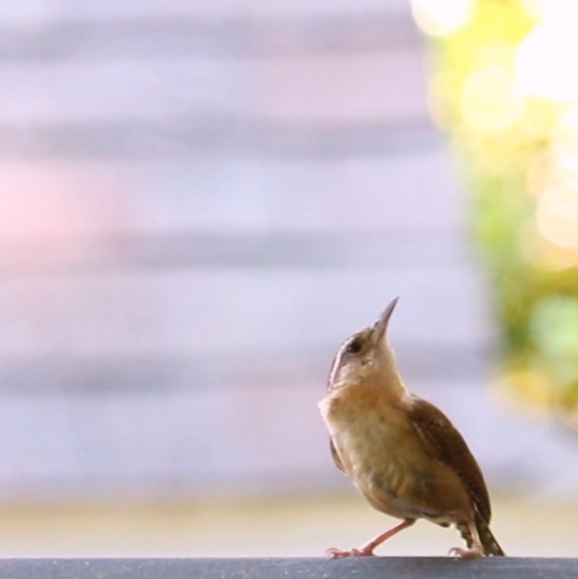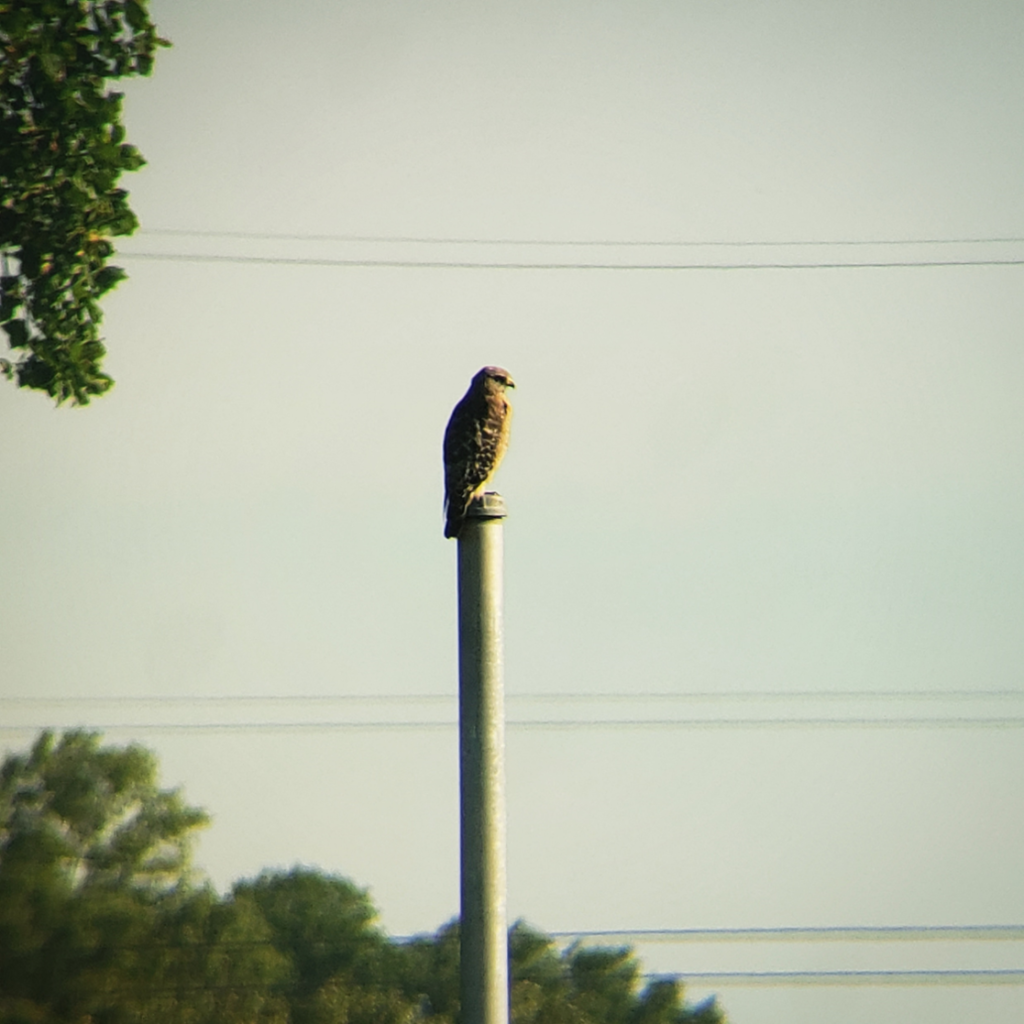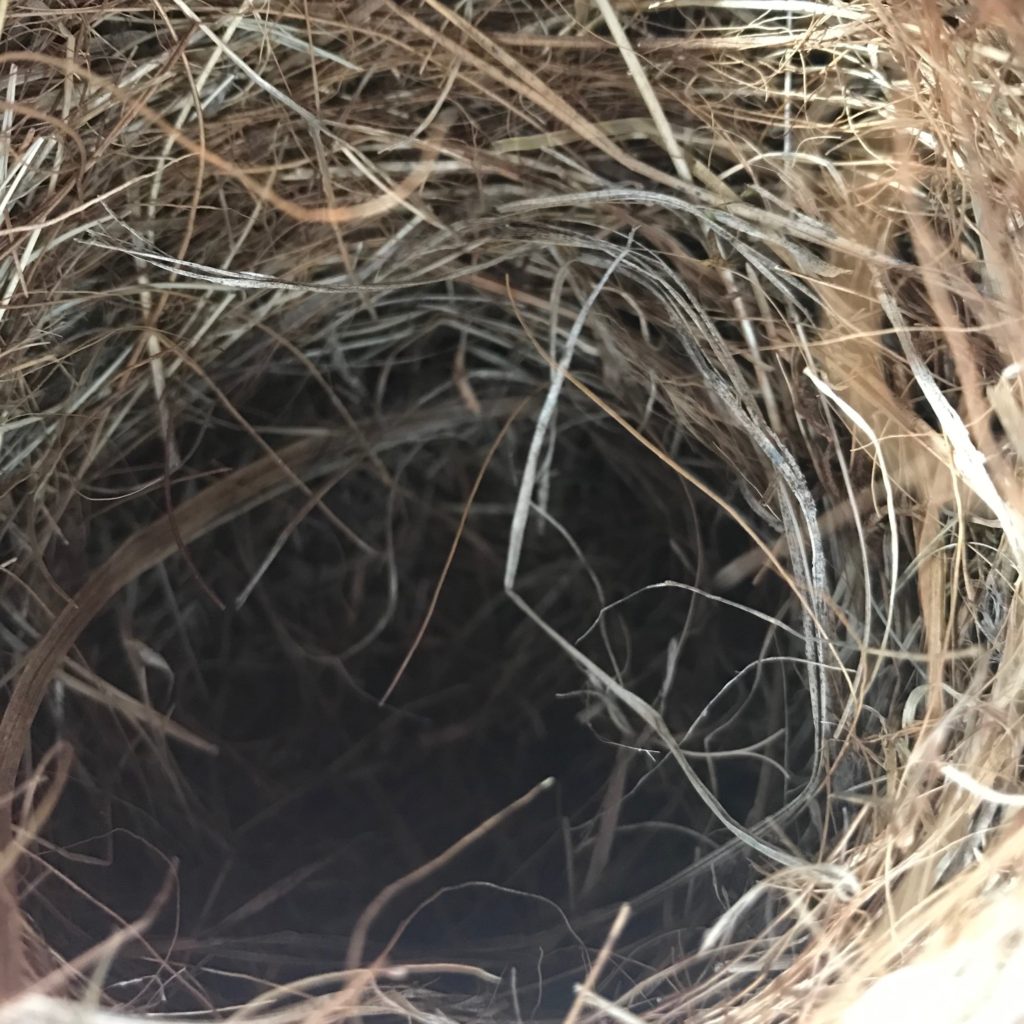
Eastern Bluebird nest box cam capture by Scott Anderson
It’s quiet. Almost everywhere. The streets of downtown are bare, and rush hour has disappeared. The rhythmic hum of daily life has turned into a whisper.
Immunocompromised or not, we certainly all have a role to play in keeping not only ourselves healthy, but also those around us who are particularly susceptible to severe complications or who cannot stay at home during these times.
So as hard as cabin fever strikes this hyperactive extravert—and with such swiftness that I’m compiling this from an uninhabited park—I have transitioned to solitude. Yes, I’ve left the office, left my coffee shops, left my crowded neighborhood lake, and I’ve turned to pondering how we can cope responsibly during COVID 19.
What are some ways we can adapt?
Well….
Glance outside. Look or listen for a bird.
I’ll tell you what I’ve been thinking during each recent bird sighting. It’s a startling irony:
The birds are busy with spring. They’re courting and singing and foraging and nest building. They’re carrying on.
Times may be challenging, but it is still—bias here—the most wonderful time of the year to watch birds in North America.
In fact just now as I sit here, I hear a symphony of them. Titmice chirping, Eastern Towhees trilling like zippers in the woods, countless calls I can’t identify, and believe or not, a rooster I SWEAR.
So we may be practicing social distancing and remaining isolated as much as possible, but this doesn’t mean we can’t have small adventures. And it definitely doesn’t mean we can’t enjoy birds. In fact, birds are a wonderful way we can find delight in these slower paced, more solitary times.
You may have never bird watched before (if that’s you, check out this post or this video; viewing one of these is your ONLY prerequisite if you’ve never bird watched before). Or maybe you’ve never been limited to this extent when birding and aren’t sure how to make the most of it. So what are some ways to bird in the midst of restrictions? Here’s just the beginning of the possibilities.
Watching birds on your porch, in your backyard, or even out your window can break up the monotony of being stuck at home. Thankfully, you don’t even need any special equipment to observe wildlife this way.
A fun activity to cure a case of cabin fever is to have your own Big Sit (stay in one spot—such as your backyard—for a long period of time and see how many species you can spot in 24 hours). Just settle outside somewhere on a warm day, break open some quarantine snacks, and catch some springtime birding wonders.

Backyard Birding Carolina Wren by Paula Mandarino
Although being able to ID birds is certainly not essential to enjoy birding, improving identification skills can be a rewarding part of bird watching. You could check out distinctions between species’ appearance and calls on allaboutbirds.org. Or you could play with free sound ID apps like BirdNET that can help you identify a bird call in real-time. We’ve got a list of other great ID resources if you’re looking to explore identification.
This is the art of taking photos through binoculars or a scope to achieve an up-close effect. The best part is you can use your phone camera.
Disiscoping is not only an exciting challenge; it also allows you to take detailed photos of birds even if you don’t have a camera and lens designed for wildlife photography.
You can consider getting tools, like Phone Skope, that you can attach to a scope or binoculars to help you line up your photo.

Red-shouldered Hawk digiscope photo by Paula Mandarino
Your kids may be particularly bored during these times. They might enjoy these Birdorable coloring pages or a Feederwatch posters of common backyard birds. These free resources are great ways for kids to stay entertained indoors, and it allows them some real world engagement if they can go outside and see some of these species in their backyards.
It’s a little early in the mountain regions of the state, but in the piedmont and coastal areas, you can find some birds beginning to build. If you have a backyard, you can start to search for and monitor nests.
One resource you’ll want to check out for nest observation is Nestwatch. They have tips and instructions for observing nests without disturbing birds, and you can also collect and submit data on their website. They even have instructions for building your own nest box.

Nest photo by Scott Anderson
If you are familiar with several Birding Trail sites, be sure to pick one that tends to be less populated. Remember to still practice social distancing (keeping six feet or more away from others) to limit spread of sickness [some cities and counties have restrictions in place that prevent venturing out – if so, save visits for when they are lifted!]. The outdoors tends to be safer than crowded indoor environments, but this is largely due to the distance between people that’s easier to maintain outside. Sustaining a safe distance will help keep you and other bird enthusiasts safe during this time of concern.
If you’re looking for a site near you, explore our map, or learn more about how you can use us as a resource. On our map, you can find websites to each site to help you figure out if the site you’re hoping to go to is still open. Feel free to reach out to us at info@ncbirdingtrail.org, and we can suggest some unpopulated sites you could try.
And if you arrive at a site and see a crowded parking lot, please move to a different location. This is advised not only for counties under a Stay At Home order, but also all across the state. The more distanced we can be, the less chance we have of catching or passing illness to one another.
…And speaking from my current experience, there’s something endearing about a park that’s nearly empty.
As I wind down at this one, I rest into the quietness. The birds are vocal, but the usual swell of afternoon traffic is gone. A silver lining emerges. In the silence, the whispers of nature are suddenly audible. I see how much things really spring to life this time of year.
In these times, I wish all of you happy birding. But most importantly, stay safe and healthy.
All photos were taken by NC Birding Trail staff following this suggested criteria!